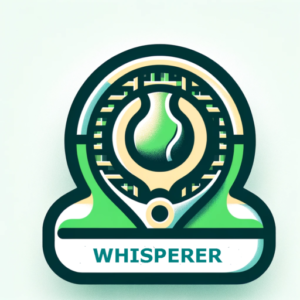Tennis Entropy: Adapt or Be Left Behind
Tennis Entropy: Adapt or Be Left Behind
Tennis has never been static. Like all living systems, it evolves—sometimes subtly, sometimes with seismic force. And when it does, players who can’t keep pace are left with two options: adapt or fade.
The Current Shift: From Control to Chaos
Today’s transformation is being driven by slower balls and faster courts, creating a paradoxical environment. Players like Alcaraz and Sinner thrive in this tension. Their explosive pace and versatile court coverage allow them to dictate rallies, create angles, and overpower opponents from any position.
For others, it feels like the game has left them behind.
Build Your Toolbox
At the core of competitive survival is a simple principle: you need tools—lots of them.
Tennis Whisperer has always taught that you need a well-stocked toolbox because adaptability is the price of relevance. Tennis is, and always will be, about matchups. No single style wins forever. And sometimes, you simply get outplayed or outgunned.
Case in point: Bublik’s recent win over De Minaur at Roland Garros. It wasn’t about who had the better ranking. It was about the matchup—and on that day, Bublik had the tools and timing to exploit it.
The Lost Art of the Volley
Too often, modern coaching overlooks the art of the volley in favor of banging from the baseline. That’s a mistake.
The volley is the essential tool in the modern game—not just for finishing points but for neutralizing big hitters, changing the tempo, and exploiting short balls. Without it, your toolbox is incomplete.
The net game isn’t a relic; it’s a strategic equalizer. In an era where baseline rallies dominate, the player who can transition forward with confidence instantly expands their tactical toolbox.
The Struggle to Adapt: Gear, Game Plans, and Identity
Even those who once redefined the game are scrambling:
-
Medvedev is swapping strings mid-match, looking for lost traction.
-
Tsitsipas switched rackets for comfort, only to retreat after back pain and lost form.
-
Ruud admits that power hitters expose his game’s limitations.
-
Zverev, ever so close to a Slam, still feels miles behind Sinner and Alcaraz.
Their frustration is real. Because what was once revolutionary… now looks outdated.
The Reality of Tennis Entropy
Every dominant style—serve-and-volley, counterpunching, heavy topspin—eventually gets solved. Tennis entropy is relentless. It doesn’t care about past results. It rewards innovation, aggression, and versatility.
Those who survive this entropy aren’t just physically stronger. They’re tactically smarter and mentally flexible. They evolve their:
-
Gear (strings, tension, frames)
-
Tactics (net play, wrong-footing, change of pace and ball height)
-
Fitness (agility, VO₂ max, recovery)
-
Mindset (clarity, confidence, control)
As James Clear reminds us in Atomic Habits: “Every action you take is a vote for the type of person you wish to become.” The players who thrive today are those reinventing their game—shifting from counter-punchers to aggressors, from grinders to shot-makers. Even Sinner and Alcaraz, the leaders of the current era, are still refining their serves—proof that evolution never stops.
Wrap
Tennis will always evolve. Today it’s Sinner and Alcaraz. Tomorrow, it’ll be someone else.
Tennis entropy doesn’t care who you were—it only rewards what you become.




